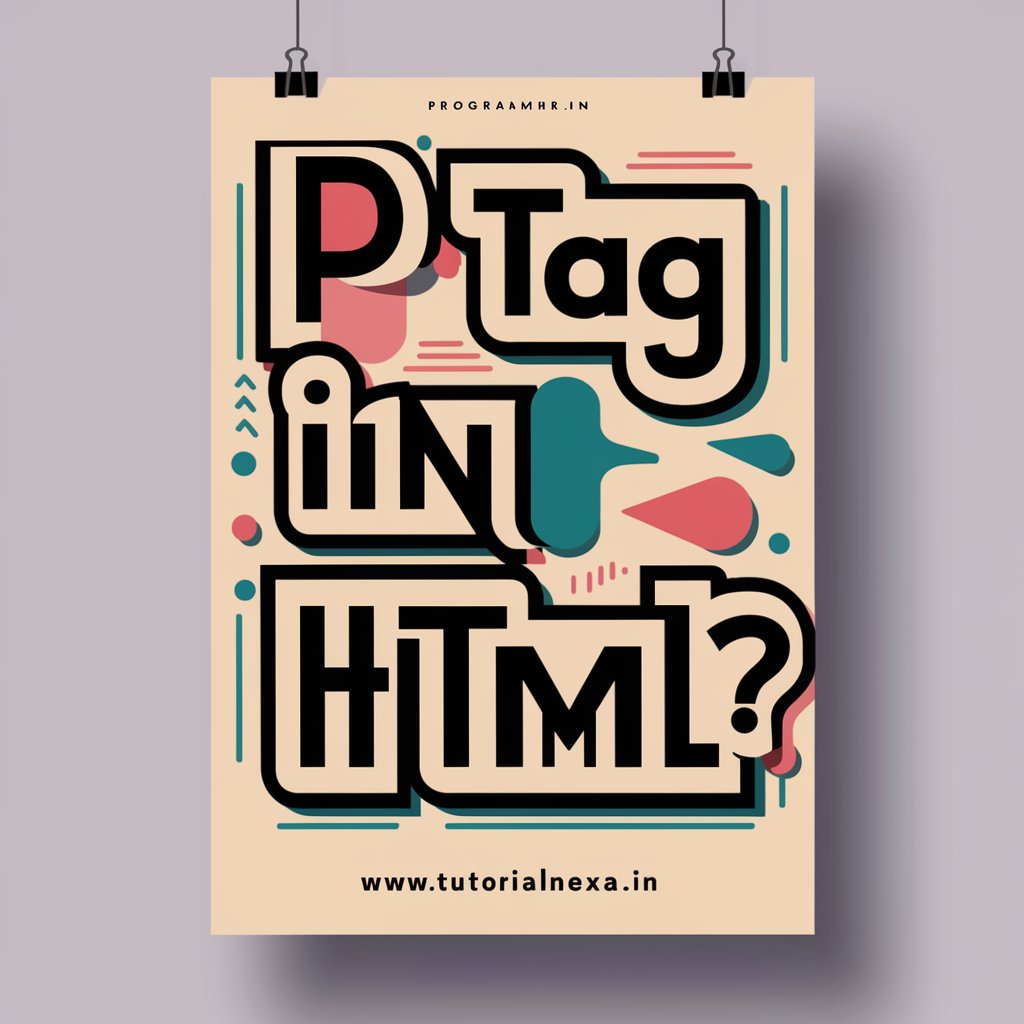Introduction
Today, we will learn about the <p> tag in HTML. The <p> tag stands for “paragraph.” It is used to define a block of text as a paragraph.

Structure of <p> Tag
- The
<p>tag is a container for text. - It starts with an opening tag
<p>. - It ends with a closing tag
</p>. - Example:
<p>This is a paragraph.</p>Usage of <p> Tag
- The
<p>tag creates a paragraph. - It automatically adds space before and after the paragraph.
- You can use multiple
<p>tags to create multiple paragraphs. - Example:
<p>First paragraph.</p>
<p>Second paragraph.</p>
Attributes of <p> Tag
- The
<p>tag can have attributes to style the paragraph. - Common attributes include
align,class, andid.
Align Attribute
- The
alignattribute sets the text alignment. - Values can be
left,right,center, orjustify. - Example:
<p align="center">Centered paragraph.</p>Centered paragraph.
Class and ID Attributes
classandidare used to apply CSS styles.classcan be used multiple times.idis unique to a single element.- Example:
<p class="myClass">Styled with class.</p>
<p id="myId">Styled with ID.</p>
Nesting and Combining Tags
- You can nest other tags inside a
<p>tag. - Common nested tags include
<strong>,<em>, and<a>. - Example:
<p>This is a <strong>bold</strong> paragraph with an <a href="#">anchor link</a>.</p>By understanding and using the <p> tag correctly, you can create well-structured and readable HTML documents.

Summary of <p> Tag in HTML
| Aspect | Description | Example |
|---|---|---|
| Purpose | Defines a paragraph | <p>This is a paragraph.</p> |
| Basic Structure | Opening tag <p> and closing tag </p> | <p>Text here</p> |
| Automatic Spacing | Adds space before and after the paragraph | <p>First paragraph.</p><br><p>Second paragraph.</p> |
| Align Attribute | Sets text alignment: left, right, center, justify | <p align="center">Centered text.</p> |
| Class Attribute | Used to apply CSS styles, can be used multiple times | <p class="myClass">Styled with class.</p> |
| ID Attribute | Used to apply unique CSS styles, only used once | <p id="myId">Styled with ID.</p> |
| Nesting Tags | Can nest other tags like <strong>, <em>, <a> | <p>This is a <strong>bold</strong> paragraph.</p> |
| Good Practices | Always close the tag, use for readability, enhance appearance with attributes | <p>Good practice example.</p> |
This table summarizes the key points about the <p> tag in HTML, including its purpose, structure, and attributes for styling.
